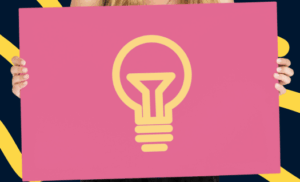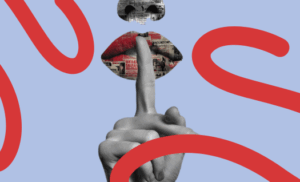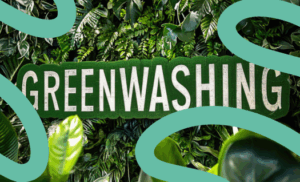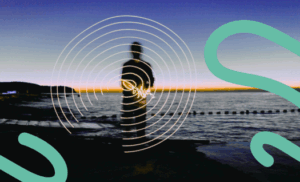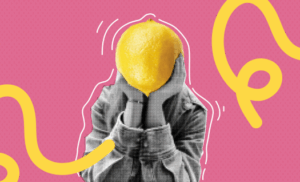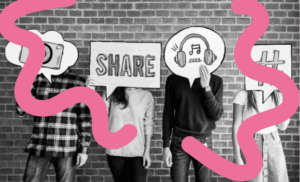Coachella is a huge event every year. The festival that opens the music season in California is the epicentre of the ‘trendy’, brands, influencers and marketing. Everything that happens at the Empire Polo Club goes beyond the music with strategies, activation campaigns, audiences… And everything, or a lot of it, converges at the same point: influencers.
The fact is that some brands and influencers have placed themselves on a blurred border between advertising, marketing and communication, and many viewers and consumers are beginning to notice this. Numerous companies are turning to these social media experts pushed by their marketing departments with a variety of objectives such as brand positioning, selling new products or creating a community.
This is why the boundary between communication and marketing is so diffuse and has its greatest exponent in social networks: brand image, notoriety and proximity (corporate communication), together with customer service, product and traffic (marketing).
As brands are all too familiar with, Coachella is the perfect place to mix and match. But this time, brands and influencers have not fared as well as expected. Is this the end of influencers?
Influencer marketing failures at Coachella 2025
This Coachella 2025, at which Lady Gaga and Benson Boone performed, has highlighted the lack of narrative of many influencers. The organisers have not known how to publicise a festival that many would like to attend and to which a good part of these exclusive profiles have gone on expenses paid, with accommodation in mansions, brutal looks and budgets of, in many cases, several zeros. The result? Quick selfies to reflect their outfits and little visibility for the brands and the festival itself.
Such an event used to be a unique opportunity to tell stories and generate relevant content, but it has become a mere engagement post. It is frustrating to see how the potential of an environment like Coachella, where brands display incredible creative concepts and rarely reach the audience, who only receive apparel, is wasted.
Conclusion: not everything that is done in the Indian desert is known to the spectators who watch the myriad of concerts programmed from home.
Brands to the rescue on social media
After all, what we have ended up seeing is that it has been the brands on social media that have had to lead the storytelling on social media in the absence of stories about everything that has happened in California.
For example, Rhode Skin and 818 Spirits paired Hailey Bieber’s glow with Kendall Jenner’s tequila to create a very Instagrammable experience. Pinterest, with a space to ‘manifest your festival look’, made attendees bring their boards to real life. And Aperol managed to put a Mediterranean corner in the middle of the desert to transform the cocktail into a sensory branding experience, very similar to what Sol de Janeiro did in its space dedicated to the sun, the Caribbean and Brazil.
And here I ask myself a question in the light of all this: is the influencer a mannequin or can they function as something more?
The evolution of the influencer
Both brands and influencers can take a turn after the success stories of youtubers such as Ibai Llanos or TheGregf, who have gone further, telling their own experiences and developing new stories to share and live. At Coachella we have been left without knowing, for example, how a festival of this size works from the inside, or what impact brands have on user experiences.
I think that influencers, in a ‘laboratory of ideas’ like Coachella, should become trend hunters, chroniclers who exploit the festival’s brand and not just their own, who already work on their own. In fact, that’s why brands trust them.
They should not limit themselves to positioning well-known faces in these environments, but should give greater value to the storytelling that surrounds them. The real value lies in the story that is told and how it connects with the audience. Brands that are committed to experiences in tune with their identity, that prioritise storytelling over the easy photo and that understand the networks as a strategic communication channel, not just a commercial one, are the ones that make the difference.
Coachella will continue to be a perfect laboratory to test this combination of marketing and communication. But it’s time to raise the narrative level of influencers and demand more than just a look.

